Causes, types and treatment of chlorosis of cucumber leaves
Often, seedlings and mature leaves of cucumbers in gardeners turn yellow, dry out and die. This plant leaf disease is called cucumber leaf chlorosis. How to determine and fight it, we will consider below.
What causes chlorosis and what does it look like?
There are many reasons for the appearance of this disease, and they are very diverse in nature:
- Lack or excess of trace elements.
- Insufficient or excessive watering of plants.
- The appearance of viral or infectious diseases.
- Cold or hot weather.
- Lack of lighting.
- Damage by pests.
- Constant drafts.
This disease looks like this on cucumber bushes: first, yellow patches appear on the edges of the leaves. Then the areas between the veins turn yellow, while the veins themselves remain dark green. Gradually, the greens of the cucumbers completely turn yellow and die. This is due to the lack of chlorophyll, which is produced to color plants green. And chlorophyll cannot be produced for a number of reasons.
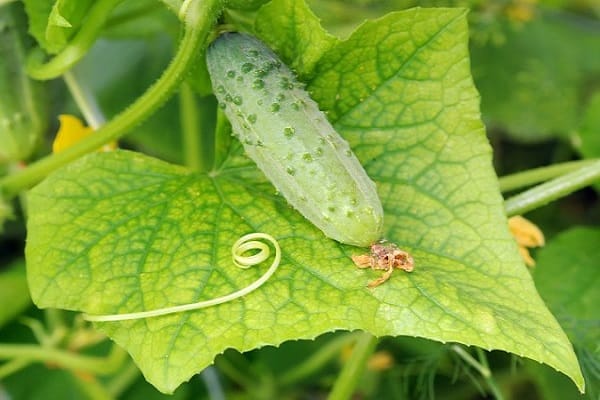
Chlorosis types
The most common causes of chlorosis in cucumbers are micronutrient deficiencies. We will find out what to do in case of a lack or an overabundance of elements:
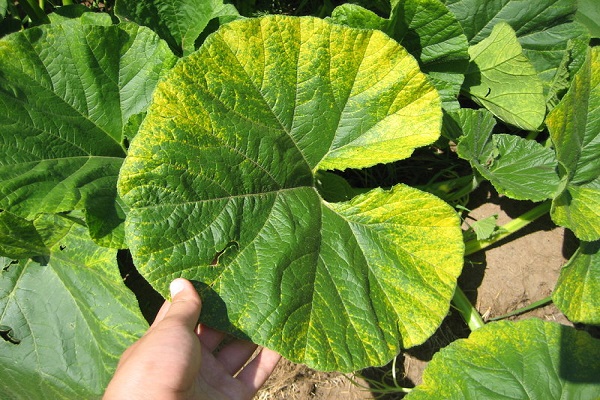
- Magnesium deficiency: With this deficiency, the underside of the greens is discolored first. In this case, the veins remain green for the first time, then the entire surface turns yellow. The next stage - they acquire a lilac shade at the edges, turn yellow from below and from above. To eliminate symptoms, feed them with appropriate fertilizer.
- Nitrogen deficiency: the leaves begin to fade from below, gradually covering all the bushes. At first they turn pale, then turn yellow, at the final stage they turn brown. In this case, the veins also lose pigment. When treating, the bushes are fed with nitrogen-containing fertilizers.
- Iron deficiency: at the same time, the shoots at the top turn pale, gradually the color changes to brown.
- Zinc deficiency: individual areas between the veins turn pale, then the greens are completely covered with brown spots. The leaves take on a gray shade and then bronze. To eliminate the disease, you need to feed the plants with trace elements containing zinc.
- Manganese deficiency: the areas between the veins turn pale, while the veins remain dark green. Then the edges take on a rusty tint.
- Potassium deficiency: the lower leaves at the edges begin to fade, then the shade changes sharply to brown. In this case, yellowing is not observed.
Chlorosis also appears due to changes in weather conditions or infection of plants by insect pests.
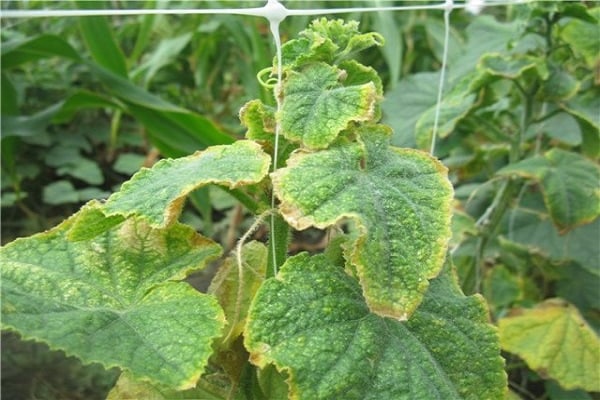
With an excess of moisture, they wither, turn pale, sag. Serous spots with rot appear on the plate. As a result, all the leaves fall off.If the cause is not eliminated, then mold appears on the shoots, and the roots become watery. The soil is excessively moist to the touch. To stop, you need to stop watering immediately.
With frostbite, the leaves also lose color, while they are completely discolored or in certain areas of the leaf plate. To stop the process, you need to remove the damaged areas.
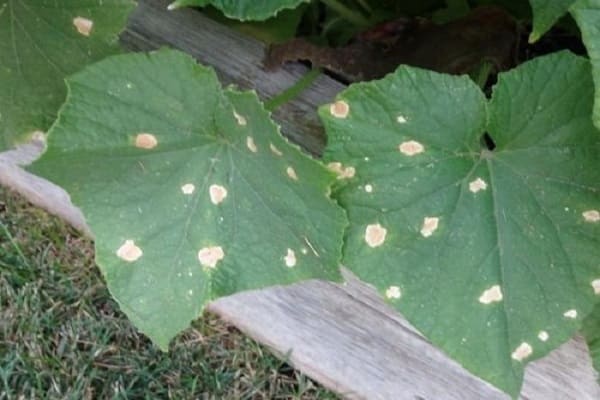
With a lack of light, the whole plant turns pale, the leaves grow small, and the stems stretch and thin.
The spider mite destroys seedlings from the bottom of the leaf plate. You can see small cobwebs there. In this case, the green mass of cucumber seedlings turns pale, turns yellow, and then falls off.
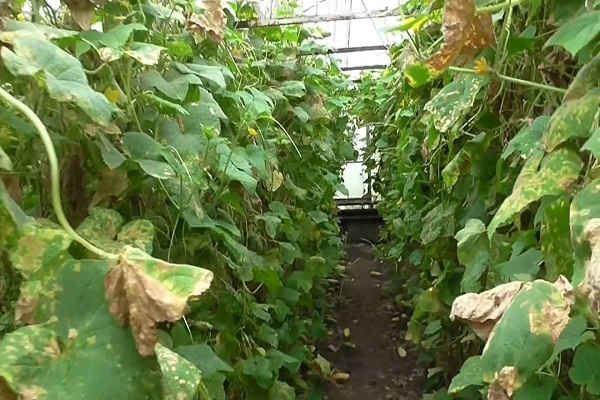
How to deal with the disease?
With a lack of trace elements, you need to feed. Depending on the type of deficiency, cucumbers can be cured with the right ingredient.
Iron extract can be prepared at home. To do this, add 4 grams of citric acid and 6 grams of ferrous sulfate to 1 liter of boiled water. The mixture is thoroughly mixed. You should get a light orange solution. The mixture is poured over the plants and the leaves are sprayed.
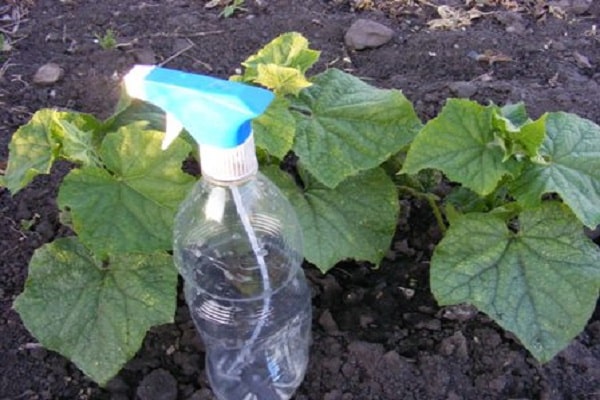
Another effective method of replenishing iron in the soil is to bury a rusty nail in the ground, nothing complicated, but the result is excellent.
For insect pests that cause chlorosis, use ready-made solutions or powders sold in stores.
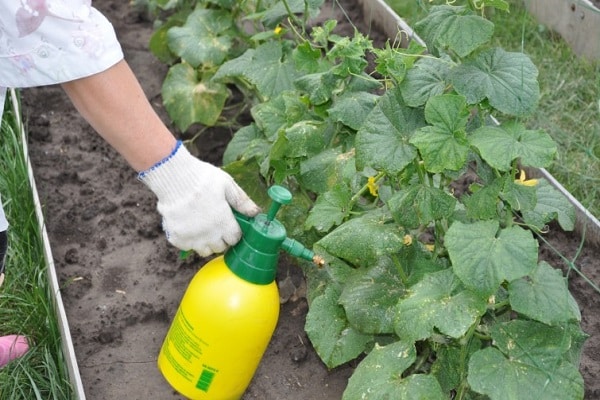
A popular method of destroying pests is a finely grated onion, infused for several days in water. This solution is sprayed with greens affected by spider mites or thrips.
Disease prevention
To prevent chlorosis, it is not necessary to fertilize and heal plants every day. Cucumbers will grow even on the sand if you dig in a large amount of last year's humus from grass and other biological waste. After the introduction of humus into the ground, the bed is dug up several times and the seeds are planted. Humus in the process of growth decomposes into trace elements and is absorbed by cucumbers. Preventive actions:
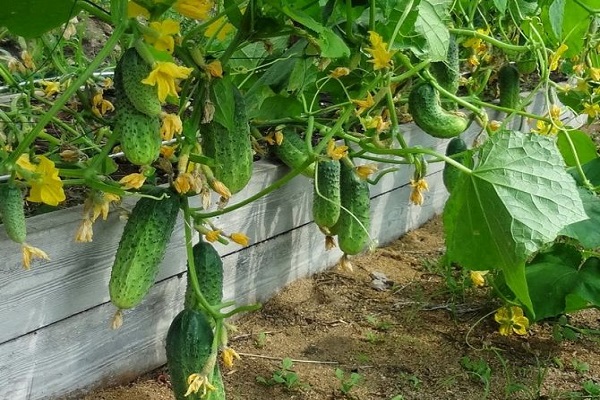
- To prevent a lack of lighting, you need to thin out the beds with plantings, plant beds in areas not shaded by trees or buildings.
- Watering is carried out as needed to avoid excess moisture in the soil.
- Do not plant seedlings if frost is expected. In case of frost or temperature drop, the plants are covered with a film.
- You cannot plant cucumbers on ridges, where there is a constant draft, they will weather and turn yellow.
If you follow these simple rules of chlorosis, you can not be afraid. The plantings will not perish and will give a wonderful harvest.
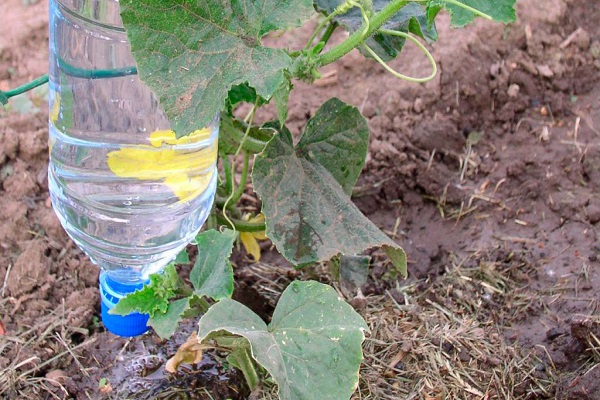
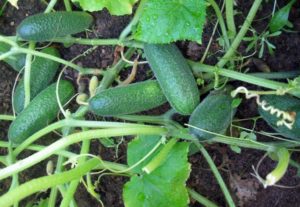
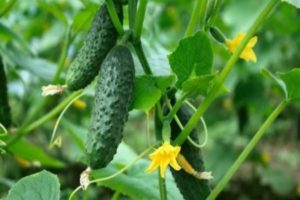

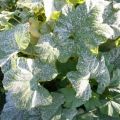

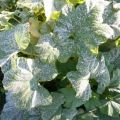


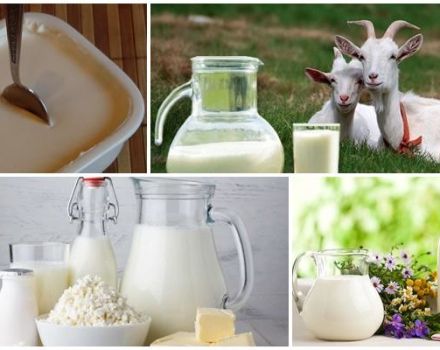
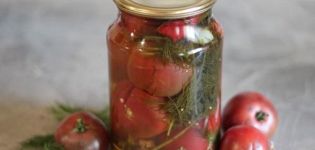
For a better yield, I would recommend using BioGrow, an excellent tool thanks to which I get an excellent harvest, by the way it acts gently, does not contain chemical compounds.